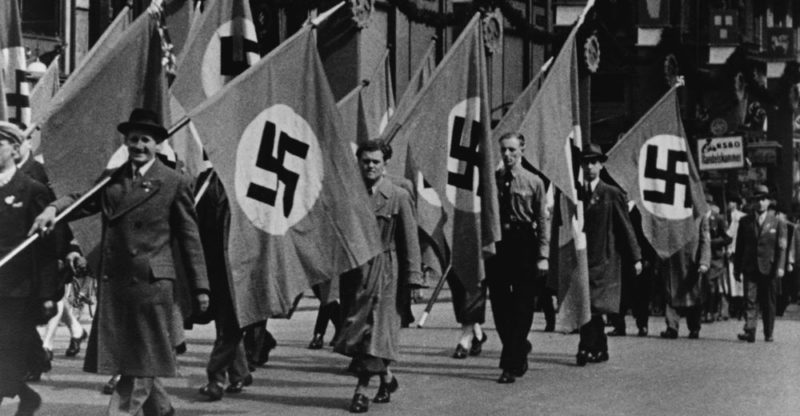Authoritarianism: what it is, characteristics, totalitarianism
Authoritarianism
We explain what authoritarianism is and what are the main objectives of this regime. Also, its characteristics, examples and more.

What is authoritarianism?
Authoritarianism is a political regime that abuses its authority and imposes itself on power without a consensus on the part of the people . This type of system may be under the command of a tyrant, an absolute monarch, the military, an elite leader or a foreign economic power, which suppresses all.
The authoritarian system is the opposite of one. It resembles totalitarianism in that both abuse power and suppress human rights. However, it differs in that the authoritarian regime does not have such a developed ideology that defines it, but rather pursues the interests of a leader or minority who is in command.
Characteristics of authoritarianism

The main characteristics in authoritarian regimes are:
- The interests of a minority. The authoritarian regime lacks a strong official ideology and pursues the interests of a leader or minority economic sectors that have power and exercise political and economic control.
- Control of the media. It refers to the fact that both the press and any medium of expression are controlled by the government in order to enhance the figure of its leader, highlight his achievements and omit any negative criticism. The is to convince the, through the reiteration of political propaganda.
- The promotion of terror. It refers to one of the main resources of the authoritarian system to perpetuate in power, suppressing any ideology or anti-government through aggression and physical repression, even killing people who rebel.
- The abolition of the popular vote. It refers to the choice of leaders does not take into account the consent of the leaders. There is only one that is in charge of promoting the legitimacy of a government and that restricts different political opinions and ideologies.
- Strong military presence. It refers to the intense military activity that takes place in the streets, in educational institutions and in hospitals, in order to exert control through the use of force and to instill fear among citizens. On certain occasions, the army intervenes in the political process and decisions.
- Arbitrary manipulation of the constitution. It refers to the modifications and changes of the constitution (the fundamental law of a) with the aim of perpetuating oneself in power. It does not take into account the priorities of the people and nor human rights.
Examples of authoritarian regimes
Some examples of authoritarian systems are:
- The military regime of Augusto Pinochet in (1973-1990).
- The government of in Spain (1939-1959).
- The one in North Korea started in 1984 that continues since 2011 with Kim Jong-un.
- The dictatorship started in Zimbabwe in 1980 that continues since 2017 with Emmerson Mnangagwa.
- The one started in Cuba in 1956 that continues since 2019 with Miguel Díaz-Canel.
- The regime started in 1921 that continues since 2013 with Xi Jinping.
Totalitarianism

Totalitarianism is a system of government whose ideology is very strong and severely restricts that of all individuals, exercising absolute power. It does not accept a pluralistic image, as sometimes happens in authoritarianism.
It is a regime that emerged as a political system in the 20th century with the totalitarian government of Benito Musilini in Italy (1922-1943). It was later adopted under the de en and communism de in Cuba.